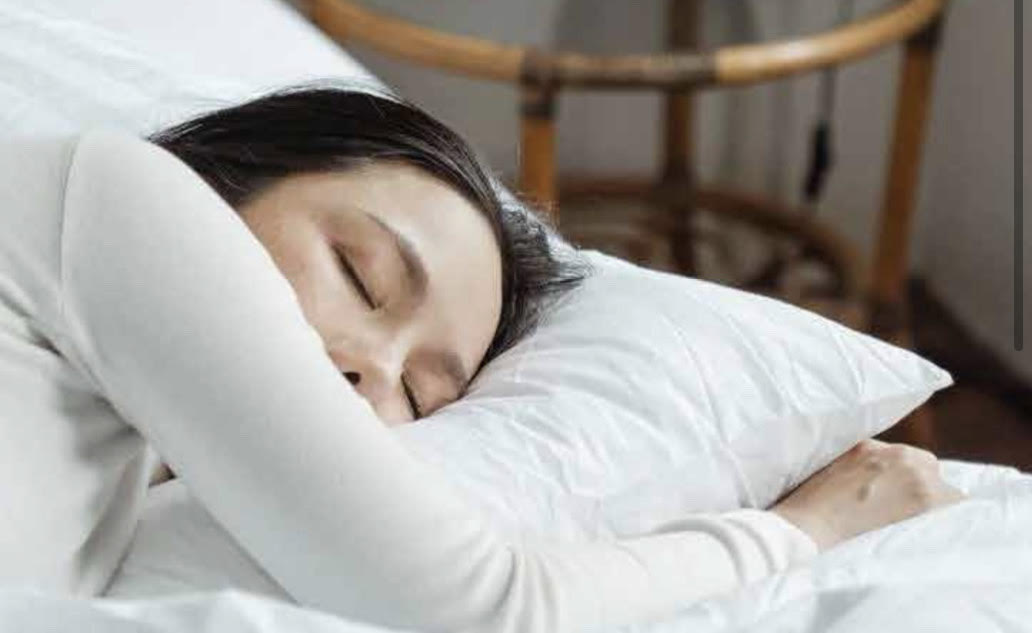
What is it?
DSWPD is a type of Circadian Rhythm Sleep Disorder with a pattern of delayed sleep onset and wake times. They are often called “night owls” as their biological clock is set to a later time. For instance, instead of sleeping at conventional timings like 11 pm and waking up at 7 am, they may sleep two hours later and wake up later. It has to be persistent for three months for a diagnosis.
DSWPD may present as insomnia as they cannot sleep by their desired time. However, on weekends, they sleep well when they are able to revert to their biological rhythm of sleeping and waking late.
DSWPD is a common problem for teenagers but can affect 9% and more of adults9. It sometimes runs in the family. One hypothesis is that this evolved from the need for some people to stay up late to protect their tribes from wild animals. This condition is not well-known even amongst doctors and is often overlooked and under-diagnosed when patients present with sleep difficulties.
How does returning to office affect them?
Working from home during the pandemic helped night owls thrive as they do not have to adhere strictly to traditional work hours. They can also use the time meant for travelling for sleep. After early morning meetings end, they may go back to sleep. They often feel more productive as they can work according to their biological clock.
Unfortunately, returning to the office means they lose this flexibility. Waking up early for work despite sleeping late means they often end up with inadequate amounts of sleep. They often report being more irritable, unfocused and less mentally sharp. Chronic sleep deprivation can impact health by increasing the risk of diabetes mellitus, hypertension and depression.
They are often perceived by colleagues as being ill-disciplined and lazy. They are often late for work and may be seen as “unprofessional”. In fact, many people with DSWPD experience shame, guilt and feelings of embarrassment for being late. Furthermore, it is socially unacceptable to take MC for waking up late.
How to help them?
Treatment comes in 3 main forms: bright light therapy, lifestyle modifications, and pharmacotherapy10.
Bright light therapy is proven to be effective to recalibrate the body clock. It is delivered using a light box or a visor which emits the specific wavelengths of blue light which modulates our circadian rhythm. Light exposure should be prescribed in the mornings to push the circadian rhythm backwards in time. When the visor is worn, the patient should be performing his morning routine as usual, and is advised not to look directly into the light source.
Conversely at night, they should avoid light and wear amber glasses to block out blue light. They should also avoid screens and devices which emit blue light, or switch these devices to “night mode”. Bright light therapy is generally safe but may cause nausea, eye strain and, rarely, it can trigger migraines.
People struggling with delayed sleep phase should avoid naps, limit caffeinated drinks to mornings, increase physical activity and get more sunlight exposure in the early mornings. With persistence, most will be able to adjust their circadian rhythm gradually to fit their desired schedule. As these changes are gradual, motivation and persistence is key.
There is evidence that exogenous melatonin is helpful. Melatonin should be taken at the same time every night, 30 minutes before the desired bedtime. Side effects are uncommon but may include headache, body ache and gastrointestinal upset. Antihistamines and sedating antidepressants can be used to induce sleep but they often come with side effects like daytime somnolence. Benzodiazepines and other hypnotics may help but run the risk of dependence.
Managers can play an important role by allowing them to come to work at a later time. Companies with policies that allow them flexible working hours is a big plus.